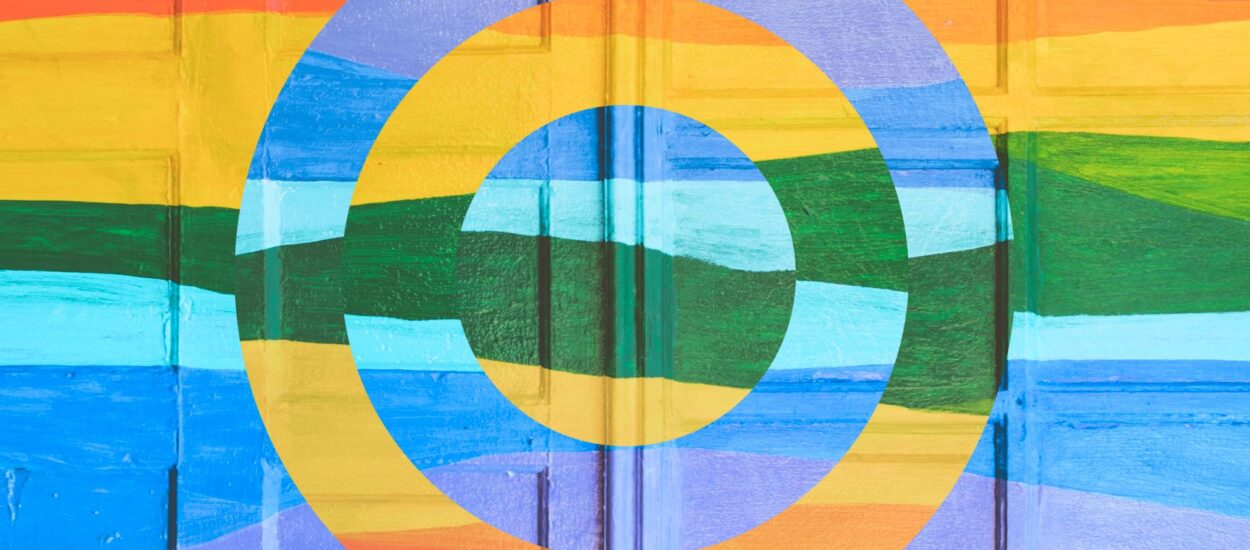Inclusion, joy, and superpowers
There’s currently a video circulating of a man with cerebral palsy dead lifting 200 pounds, followed by a raw outburst of joyful celebration from his friends and supporters.
Lifting weights like that is an incredible feat for any human, but the moment is made more special by the fact that the man only weighs 99 pounds himself.
Since most of us don’t live with cerebral palsy, and many of us aren’t exposed to anyone who does, this video offers a rare moment to challenge our assumptions about the limitations of that condition and connect to the people who experience it.
As I spend more time focusing on inclusive design, I’ve become acutely tuned in to noticing the way we celebrate small acts of inclusion: The gym teacher pausing to redo the hair of the young student in his class, Susan Boyle sending shocks through the audience, the student athletes who help an injured peer to the finish line.
They create joy for the individual, and for those around them. Creating a more inclusive environment generates community, compassion, belonging.
This morning I read a phenomenal article from the New York Times Magazine on colorblindness. The author describes all the times she was misunderstood due to her visual difference, and expresses pure exhilaration over an app she discovered for her phone that allows her to sense color.
She exudes that when she pointed the app at a red sticker, “The color felt so vibrantly red.”
“Felt” Red?
I don’t think I feel color, but I also think that’s my weakness and not a strength.
Her super power is tuning into the world in a way that others can’t, helped by technology in this case, because of a physical difference that others have belittled her for.
But despite this incredible capability that the app loans her, the feature she is most excited about is the one that allows others to sense the world as she does.
The feature’s most striking effect is the ability to inspire a strange kind of empathy. Last summer, I took a trip to the Southwest, a part of the country known for the bold reds of its adobe buildings, its mesas, its sunsets, its sands and cliffs, its everything. To me, it all seemed pretty much beige…I switched to the setting that emulates my colorblindness and showed it to the man I was with. He looked at me with a mixture of perplexity and pity, as if to say: This? This is how you experience the world?
The joy of allowing others to experience your world is more impactful than the joy of experiencing the world as others.
As much as we all want to belong, every one of us has unique differences. Some are physical, some are intellectual, some are emotional; some are visible to others, most are not.
When we talk about designing for “experience”, I don’t think we reach far enough. We can create joy through beautiful illustrations, personalized content, direct connection, and so on.
But the real joy, the real opportunity for design, is the ability to connect others in a way that is not possible without what we create.
Technology has unlocked our ability to live as our authentic selves, instead of carving space in the realm of others.
My favorite TED talk is by Neil Harbisson, who was born with a rare form of color blindness that causes the visual world to be rendered in greyscale. He partnered with a team of scientists to create a device that would allow him to hear color.
What began as a disability has become his super power: The ability to sense the world in a way that no one else can. And he was assisted by technology, by design, and that’s our opportunity.
Through inclusive design, we have the privilege of helping people to discover their own super powers, to live authentically, and to fully experience the world in radical ways.
We have the ability to bring joy into the world, and what an opportunity that is.
